Can You *Actually* Live with a Cat If You Have Allergies? Let’s Get Real.
Over the years, after countless conversations in person and online, one of the most honest, hopeful questions I hear is, “Is there a cat out there that won’t make me a sneezing, watery-eyed mess?” It’s a tough spot to be in. You want that unique, quiet companionship that only a cat can offer, but the thought of a simple cuddle leading to an allergy attack is a huge roadblock.
In this article
So, people start searching for that magic word: “hypoallergenic.”
Let’s get one thing straight right out of the gate. There is no such thing as a 100% hypoallergenic cat. It’s a bit of a myth, honestly. Every single cat, no exceptions, produces proteins that can set off allergies. But here’s the good news: some breeds just happen to produce way less of the main allergen, or they have coats that are better at keeping it from flying all over your house. The goal isn’t to find an allergen-free unicorn. It’s about finding the right cat and setting up your home to drastically lower your exposure.
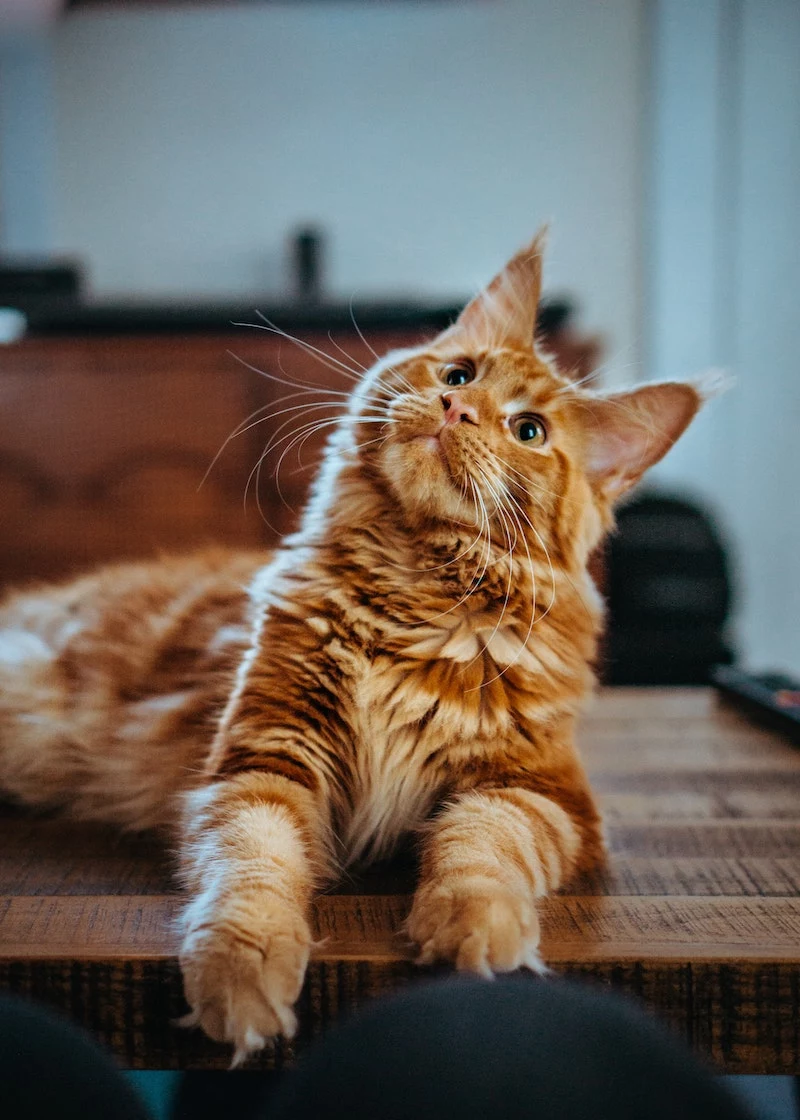
This is more than just picking a pretty face from a list. It’s about understanding what’s making you sneeze, committing to a new cleaning routine, and making a choice that’s responsible for both you and the animal. I’ve seen the pure joy when someone who’s had allergies their whole life finally gets to bring a cat home. It’s possible, but you have to be smart about it.
The Science Behind the Sneeze (The Short Version)
So what’s the real problem? It’s not the fur. The real culprit is a super-tiny, sticky protein that cats produce. While there are a few of them, one is the troublemaker in over 90% of cases.
It’s called Fel d 1. This protein is made in a cat’s skin glands and, you guessed it, their saliva. When a cat grooms itself, it’s basically giving its whole coat a nice, even layer of this allergen-packed saliva. As it dries, the protein flakes off on tiny bits of dander (dead skin) and becomes airborne.
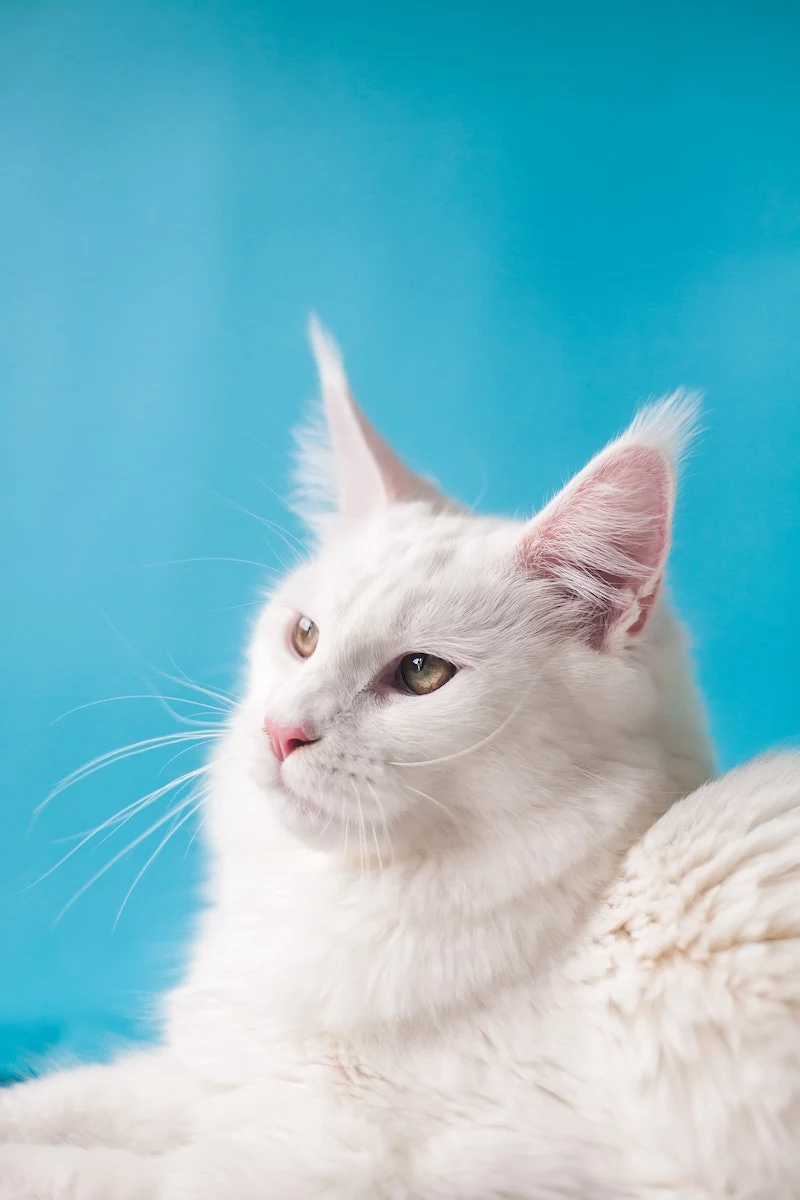
These particles are so small they can float around for hours, get deep into your lungs, and stick to literally everything—walls, furniture, clothes. This is why just being in a house with a cat can be a problem. A few things influence how much of this protein a cat makes:
- Hormones: Intact male cats are the biggest producers. Getting a male cat neutered can dramatically lower his allergen output, bringing it down to levels similar to a female’s.
- Sex: Generally speaking, female cats produce less Fel d 1 than males.
- Genetics: This is the big one. Some breeds are just genetically wired to produce less Fel d 1 from the start. This is the whole secret behind finding a lower-allergen cat.
See? It’s a two-front war: pick a cat that produces less of the stuff, and then stop that stuff from taking over your home.
Your Allergy-Proofing Action Plan
Before you even think about which breed to get, you have to prep your space. Bringing a low-allergen cat into a high-allergen home is just setting yourself up for failure. This part is just as important as the cat itself.

Get Serious About HEPA Filtration
A high-quality HEPA (High-Efficiency Particulate Air) filter is your new best friend. I’m not talking about a cheap little desktop gadget; you need a real workhorse. A true HEPA filter grabs 99.97% of particles out of the air, including those tiny Fel d 1 bits. You’ll want one for the main living area and, most importantly, one for your bedroom. Keep them running 24/7.
Good to know: When you’re shopping, look for the CADR (Clean Air Delivery Rate) and make sure it’s appropriate for your room size. A good one will set you back between $150 and $400, but it is hands-down the best money you will spend on this entire journey.
Hard Surfaces are Your Friend
Carpet is an allergen sponge. It traps dander for years, no matter how much you vacuum. If you can, tear it out and go with hardwood, tile, or vinyl. Wiping down a hard surface completely removes allergens. If you’re stuck with carpet, at least get a vacuum with a sealed system and a HEPA filter so you’re not just blowing dander back into the air.
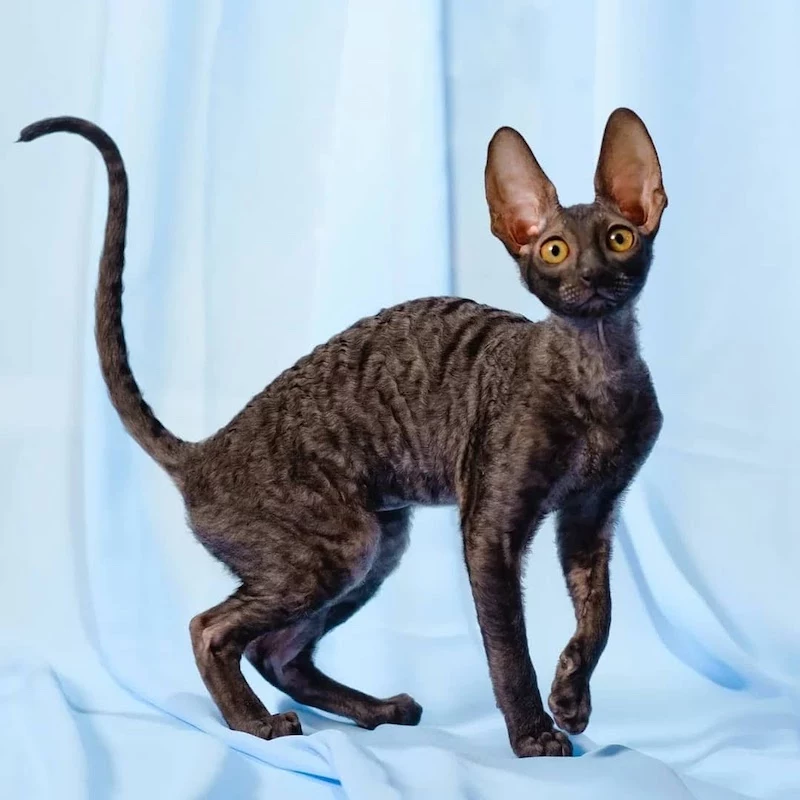
This also goes for furniture. Leather or pleather is way better than a big upholstered sofa. Swap out heavy curtains for blinds you can wipe down, and wash throw blankets and pillows weekly in hot water.
Create a Cat-Free Zone
This is the hardest rule for people to follow, but it’s non-negotiable. Your bedroom MUST be a strict no-cat zone. You spend a third of your life in there, and giving your immune system an eight-hour break every night is critical. Keep the door shut. Always.
A Closer Look at the Top Contenders
Alright, let’s get to the fun part—the cats! I’ll break down the most popular choices, what makes them special, what they’re like to live with, and—importantly—what they cost. Because let’s be real, that’s a huge factor.
For the Cuddler: The Siberian
At first glance, with its giant, fluffy coat, the Siberian seems like a terrible idea. But here’s the twist: many of them have a genetic quirk that means they produce significantly less Fel d 1. I’ve personally seen people with moderate allergies snuggle a Siberian with no issues.
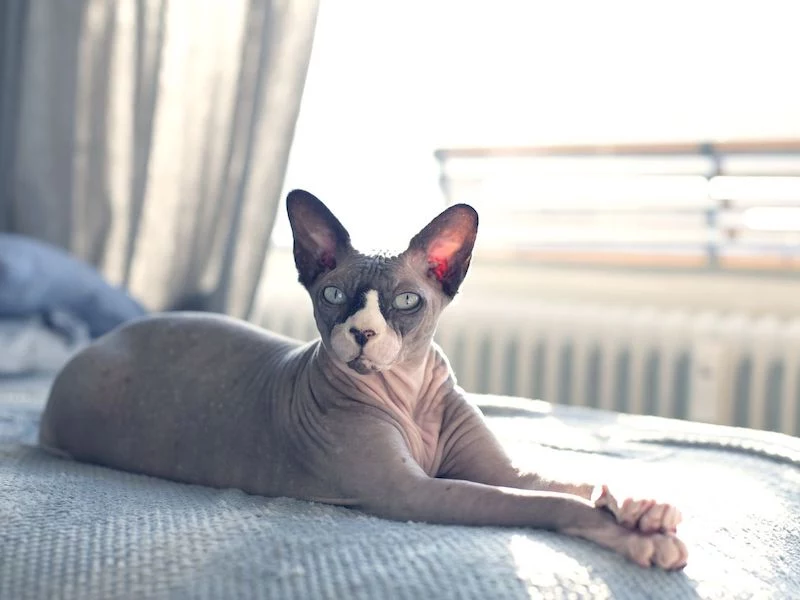
Their Secret: Lower protein production at the source.
The Vibe: Often called ‘dog-like,’ they are smart, playful, and incredibly loyal, often following you around. They’re powerful jumpers, so a tall cat tree is a must.
Upkeep Level: High. That gorgeous coat needs thorough brushing 2-3 times a week to prevent mats. Daily during shedding season.
The Price Tag: Be prepared. A well-bred Siberian kitten from a reputable breeder can range from $1,500 to $2,500. You’re paying for those tested genetics and responsible care.
For the Elegant intellectual: The Balinese
Sometimes called the ‘long-haired Siamese,’ the Balinese is another beauty that’s believed to produce less Fel d 1. They are charming, intelligent, and very engaging companions.
Their Secret: Also thought to produce less Fel d 1 protein.
The Vibe: Highly intelligent, curious, and very social. They’re famous for being ‘chatty’ and form deep bonds. They don’t like being left alone, so they’re best for a home where someone is usually around.
Upkeep Level: Surprisingly low. Their silky, single-layer coat doesn’t mat easily. A quick comb-through once a week is usually enough.
The Price Tag: Similar to the Siberian, expect to invest in the range of $1,200 to $2,000 for a kitten from a quality breeder.

For the Playful Acrobat: The Cornish & Devon Rex
I’m grouping these two because their allergy-friendly trick is the same: their weird and wonderful coats. They don’t necessarily produce less Fel d 1, but they barely shed, so the allergen stays out of the air.
Their Secret: A unique, short, wavy coat that sheds very little.
The Vibe: Perpetual kittens. They are mischievous, high-energy acrobats who love to play. They’re also major heat-seekers, so you’ll often find them snuggled on a laptop or under the covers.
Upkeep Level: Medium. You don’t brush them much, but they have oily skin and often need a gentle bath every month or two to keep them clean. You also have to clean their ears and nail beds regularly.
The Price Tag: A Rex kitten usually falls in the $1,000 to $1,800 range.
For the Dedicated Owner: The Sphynx
The hairless Sphynx seems like the obvious choice, right? No hair, no problem. But that’s a common mistake. They still produce Fel d 1 on their skin and in their saliva.
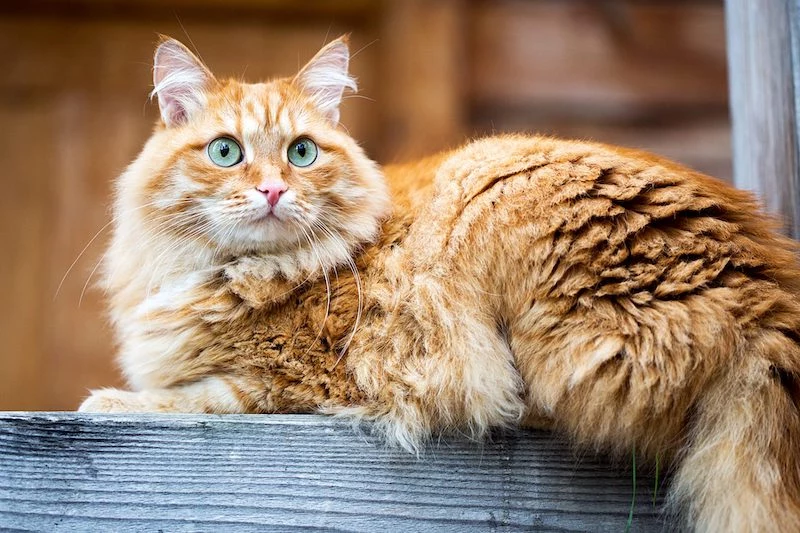
Their Secret: No hair to shed, so the allergen stays on their skin.
The Vibe: Full-on extroverts. They are unbelievably cuddly, attention-seeking, and warm to the touch. They’re basically little suede-covered heat bags.
Upkeep Level: VERY High. Since there’s no fur to absorb their skin oils, they get greasy and require weekly baths. If you don’t, they’ll leave oily spots on your furniture. It’s a serious commitment.
The Price Tag: The cost of a Sphynx is significant, typically between $1,800 and $3,000, partly due to the specialized care they require.
The Test Run: How to Know for Sure
Reading a list is one thing, but your personal reaction is what matters. You absolutely MUST test your tolerance before you commit. A good breeder will not only understand this, but they’ll insist on it.
- Find a Reputable Breeder: Look for breeders registered with official organizations like The Cat Fanciers’ Association (CFA) or The International Cat Association (TICA). Be upfront about your allergies.
- Schedule a Visit: Ask to visit their home or cattery. Plan to stay for at least an hour for real exposure.
- Get Hands-On: Don’t be shy. Hold and pet the adult cats, especially the mother of the litter. Kittens produce fewer allergens, so the parents are a much better test.
- The Fabric Test: Ask the breeder for a small blanket that’s been with the kittens. Take it home and keep it near you for a day or two. See how you feel.
Heads up! A responsible breeder will have a clean home and will be happy to show you where the cats live and introduce you to the parents. A major red flag is a breeder who makes excuses, won’t let you see the parents, or whose cattery seems dirty or overcrowded. If it feels off, walk away.
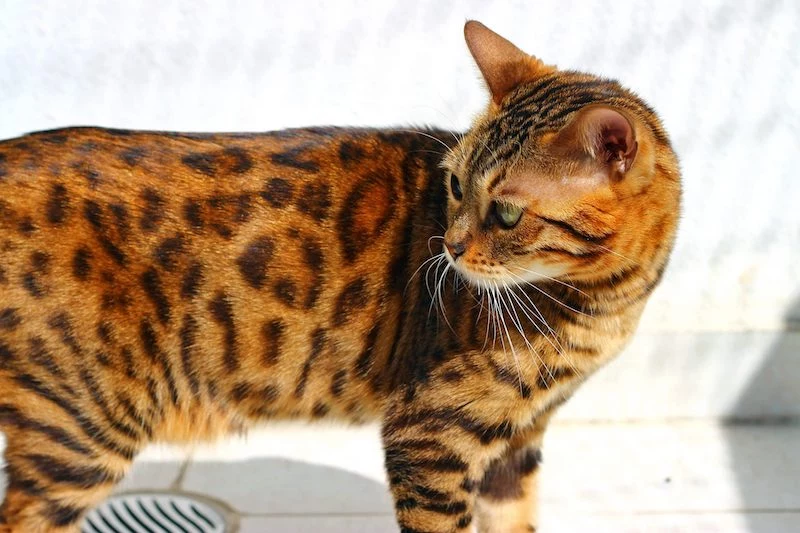
Extra Tools in Your Allergy-Fighting Arsenal
Beyond your HEPA filter and cleaning routine, a couple of other products can help. There’s a special cat food on the market designed to reduce allergens. It uses a protein from eggs to neutralize Fel d 1 in the cat’s saliva. It can cut down the active allergen load on the cat’s fur by about half after a few weeks of use. It’s not a magic bullet, but it’s another tool in the box.
By the way, for an extra layer of defense, you can also look into anti-allergen pet wipes or sprays. You use these products directly on the cat’s fur between baths to help neutralize dander. Again, it won’t solve the problem on its own, but it can help.
The Final Reality Check
Okay, real talk. This isn’t for everyone. If you have severe, life-threatening asthma triggered by cats, please do not try this. The risks are just too high. These strategies are for people with mild to moderate allergies.
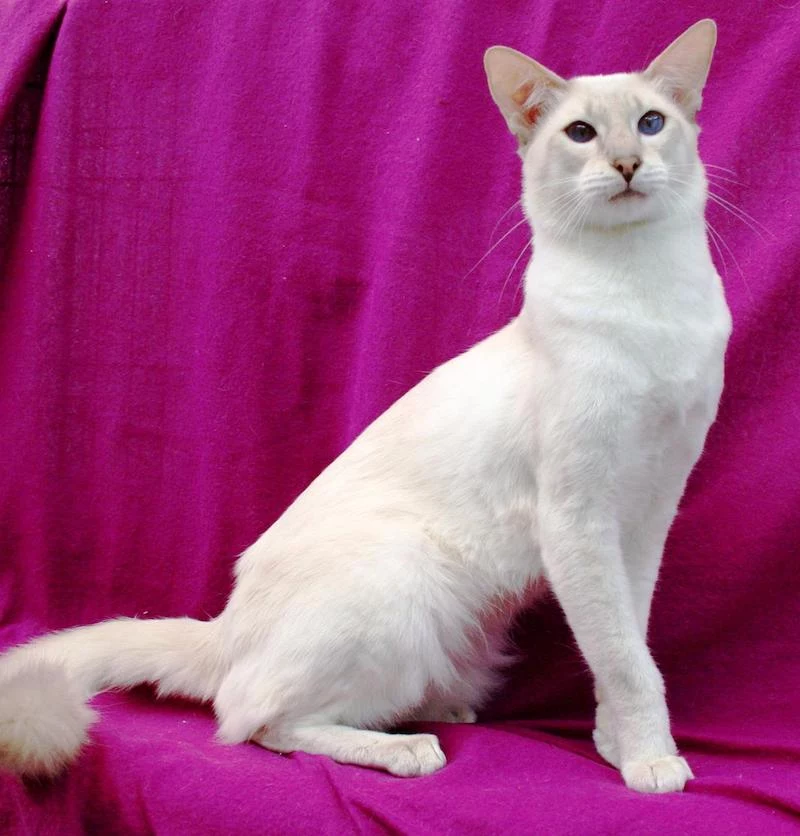
Before you do anything, talk to your doctor or an allergist. They can give you a clear picture of your specific allergy and might even suggest treatments like immunotherapy (allergy shots) that can make a huge difference.
Bringing a cat home is a 15- to 20-year commitment. It’s a decision that requires planning, preparation, and a serious budget. Between the purchase price of the cat ($1,200+), the essential HEPA filter ($200+), the ongoing cost of special food, and vet bills, it’s a significant financial investment. But for those who are prepared to do the work, the reward of a purring friend curled up next to you is truly one of the best things in life.
Inspirational Gallery

Wait, can what my cat eats actually change how much I sneeze?
Absolutely. It sounds like science fiction, but it’s a game-changer for many allergy sufferers. The innovation lies in foods like Purina’s Pro Plan LiveClear line. The kibble is coated with a specific protein sourced from eggs. When the cat eats it, this protein binds to and neutralizes the Fel d 1 allergen in their saliva. It doesn’t change the cat’s physiology, but it significantly reduces the active allergen that gets spread onto their fur during grooming and, subsequently, into your home. It’s a powerful, passive tool to add to your allergy-management arsenal.










